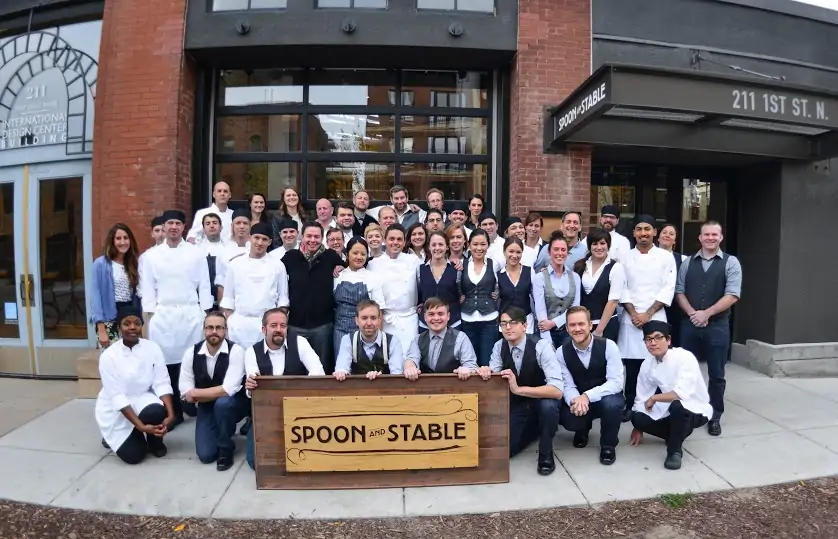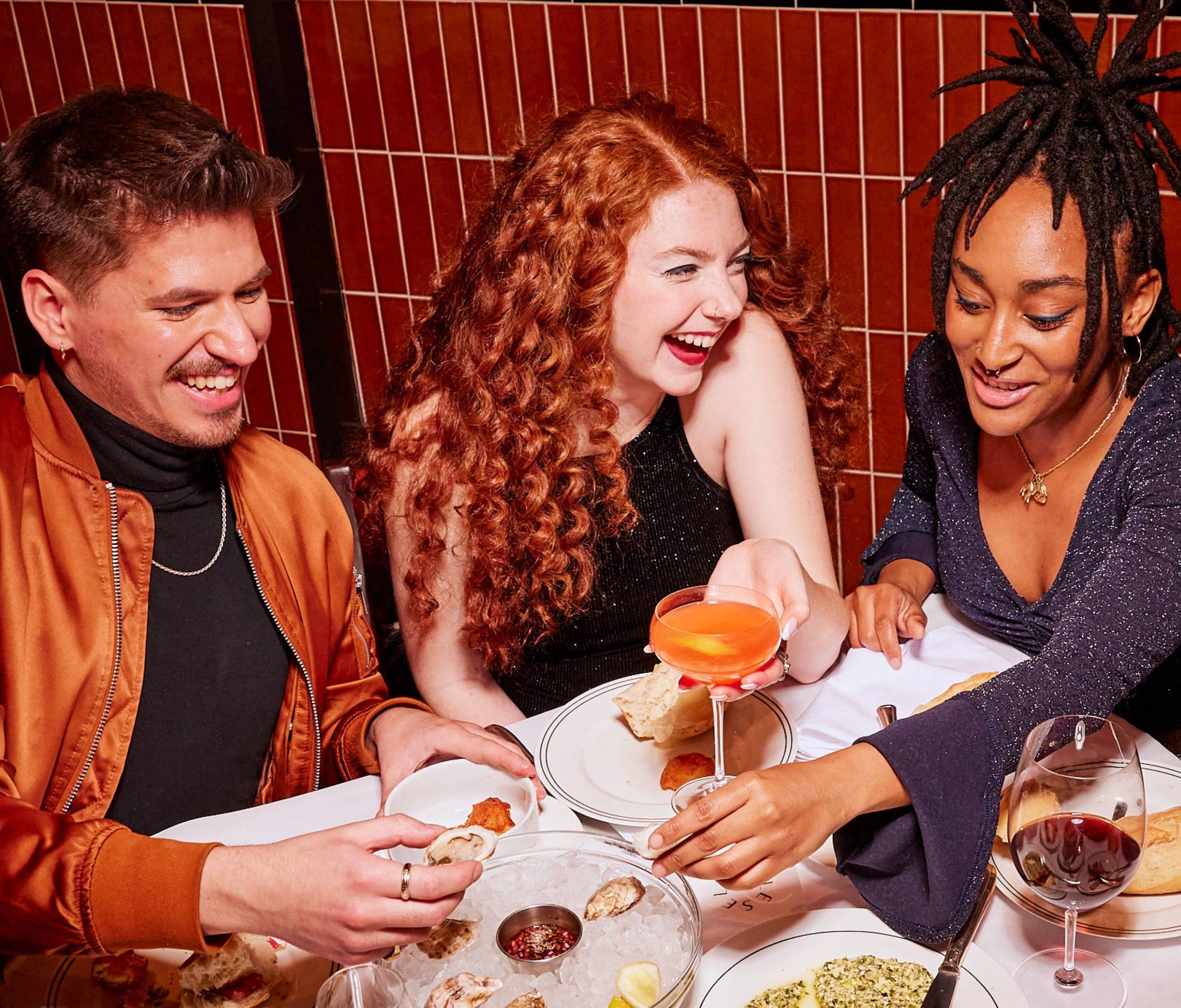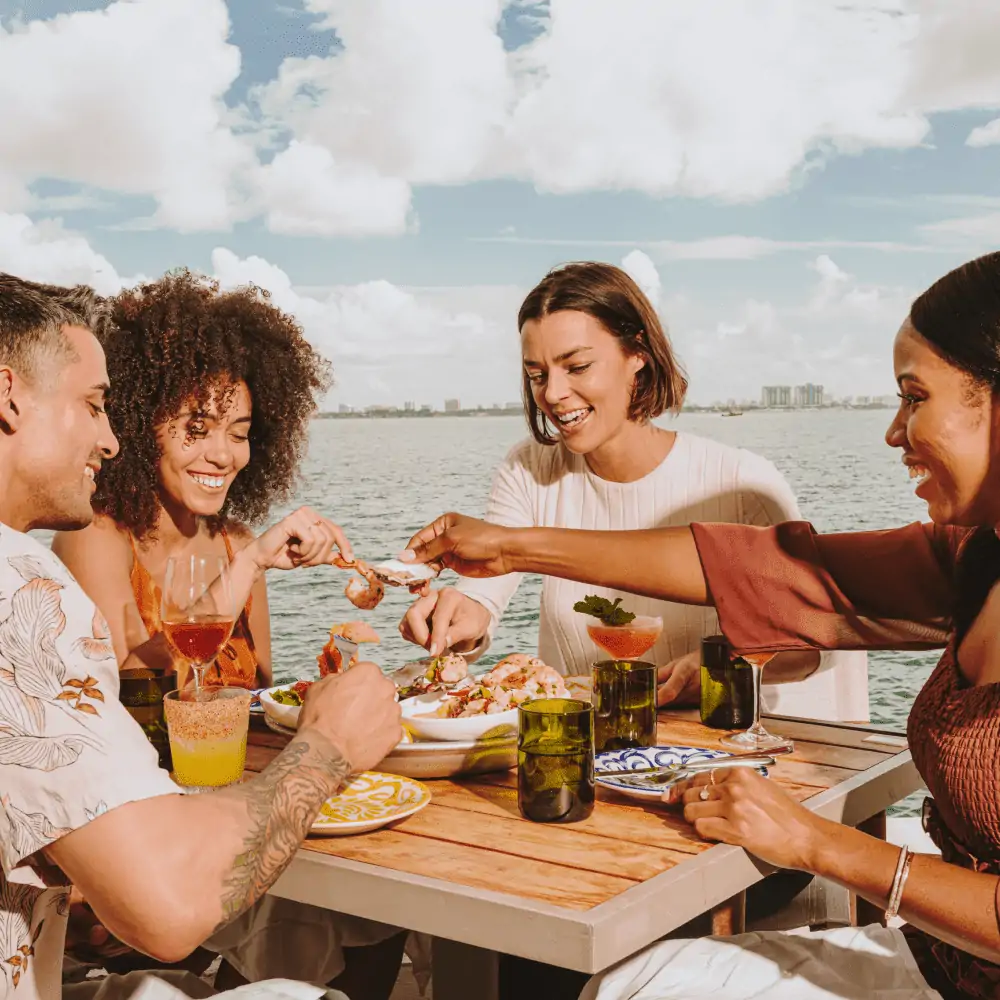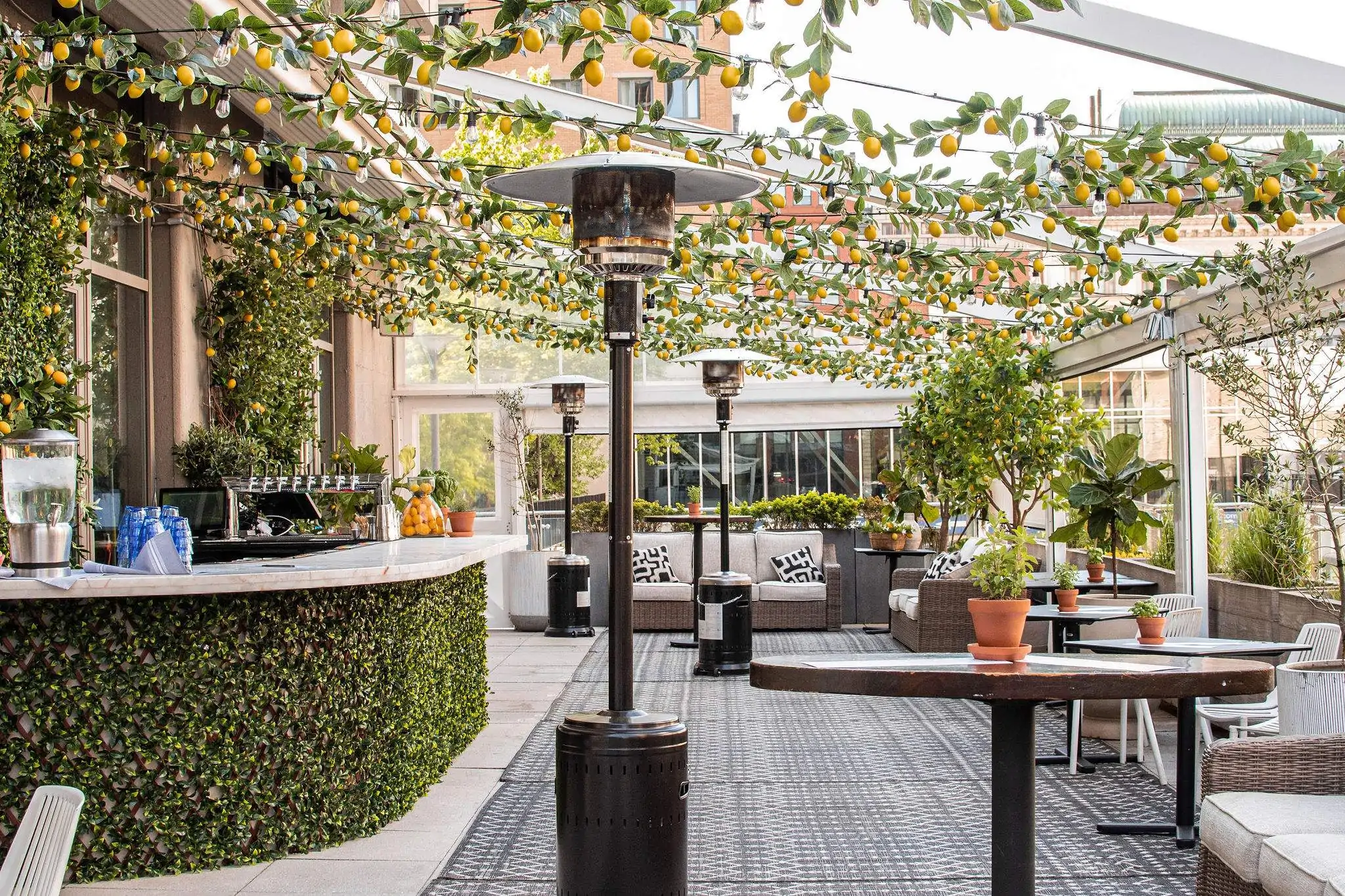When it comes to opening a restaurant smoothly and running it successfully, Alison Arth is a pro. She held leadership positions on the opening teams of multiple restaurants within Daniel Boulud’s prestigious Dinex Group in New York before working as General Manager of Locanda and Director of Food and Beverage at The Battery in San Francisco.
Now, as the founder and principal of hospitality consulting firm Salt & Roe, she partners with restaurants to create consistent, genuine guest experiences and build long-term success. She’s been involved in at least 13 restaurant openings. Here, she shares lessons from her experience consulting on the opening of Gavin Kaysen’s Spoon and Stable in Minneapolis.
In a restaurant, there are few things more essential to enduring success than effective brand development. When I talk about successful restaurant brands, I mean the communication of a restaurant’s personality through various elements, from logos and interior design to menus, price points, and staff uniforms.
Every restaurant has a brand, but the ones that thrive make an essential commitment to controlling and fostering theirs, while others simply allow their brand to take on a life of its own. Here, I’ll explore a few strategies for taking ownership of a new restaurant’s brand.
Write a mission statement
Every new restaurant is “busy.” However, keeping seats full six months, a year, or five years down the road is the challenge that you’ll need to start tackling before you even open your doors. A mission statement defines what you do, who you are, and why you’re doing it. It creates a foundation for aligned decision-making that ultimately translates into a consistent guest experience.
I began working with Gavin Kaysen and the Spoon and Stable team in Minneapolis on creating their organizational North Star nearly six months before the restaurant opened. My goal was to ensure their leaders had a comprehensive understanding of their purpose and how they would define success. Here are some things we did, and others can do, to make the mission statement effective:
Find someone to lead the process. If you’ve never worked in brand development before, hiring a professional who has experience with mission statements and managing process work is ideal. If you decide to go 100% in-house, appoint a member of your team with strong organizational and leadership skills who can take responsibility for keeping the team focused and on task.
Find the common thread and keep it short. Mission statement brainstorming sessions typically produce lots of ideas, and narrowing them down can be overwhelming. Remember that a mission statement isn’t meant to be a catchall. Look for the words and feelings that are repeatedly brought to center stage and keep the big picture and brand personality in mind. The goal is for everyone in your organization to use this as a reference tool when they’re making decisions, so your mission statement should be simple, concise, and easy to understand. Less is more.
Make the process inclusive. Inclusion creates buy-in, and the more bought into the mission your leadership team is, the more likely you are to achieve your goals consistently. Your staff is the most powerful part of your brand. How they represent it while they are working and how they speak about it when they aren’t will shape how others perceive your restaurant and what they expect from it.
If you don’t quite know where to begin with your mission statement, look at what some of your favorite restaurant owners have put together. Taking the lead from bigger organizations in the restaurant industry that have devoted a ton of resources to this is a great way to find inspiration.

Be consistent
Simply put, everything matters. Your branding is only as strong as its least-considered element, and in order to create and maintain a clear and consistent brand message internally and externally, you must obsess over details. Every decision you make must tie back to what you do, who you are, and why you’re doing it. Some of the most prominent touchpoints of your brand are:
Name and logo. The name of your restaurant and logo design should be in step with the experience you’ve conceptualized. Elements like name length, ease of pronunciation, and typeface all affect guests’ perceptions of how casual, formal, trendy, or traditional your restaurant is. Be measured and purposeful when making these choices.
The naming process at Spoon and Stable was a unique one, because it was a big priority to keep the brand consistent. Until about three weeks before the restaurant opened, the restaurant was named Merchant. After many discussions about Kaysen’s long-term vision for the company—and the fact that it was immensely important to him that his first restaurant reflect who he is and where it is—he decided to change the name. (He is a notorious spoon collector, and the restaurant is housed in a building that used to be a horse stable.)
A name should always be able to tell a story, and everyone on the team should be aware of that story to communicate it effectively at all times.
Menu. Your menu is one element of your brand that your customer seeks out and comes into contact with more than any other. The menu format, ingredient listing, and price point must all work in harmony. We’ve all been to the restaurant that has curry, peanut butter, and pâté all on the same menu. It’s confusing—and not many people will pay for confusion more than once.
Uniforms. Your people are your brand, and what they wear is a highly visible and impactful representation of your restaurant’s personality. For fine dining concepts, most attempts at purchasing inexpensive uniforms will detract from the message you are trying to send your guest; tasting menus and brigade-style service don’t go with poorly tailored suits. If your service style encourages your staff to express their personalities at the table, consider setting up some guidelines and letting them wear their own clothes.
Interior and tabletop design. Everything a guest sees inside your restaurant is an indication of your brand. Your flatware, plates, glassware, linens, and the quality of your furniture and fixtures should be consistent with the price point of your menu and the rest of your brand.
Spoon and Stable debated using tablecloths in their private dining rooms but ultimately decided against them. The formality was inconsistent with their goal of creating a space that feels like a true extension of the guest’s home. It is way too easy to get attached to that beautiful Bernardaud plate or to the idea of saving thousands of dollars on the cheaper carpet that doesn’t quite fit the space. Be objective in your decision-making and include your team to help you do so.
Find your voice
Once you have a clear picture of your brand identity design, determine your voice and make it heard. Your website, employees, and social media presence provide the most traction in communicating your brand.
Website. Often, your website will be a guest’s first impression of your restaurant, so the feeling someone gets from looking at your homepage should match the one they get when they walk in your front door. You will never make a lifelong customer from your website alone, but you certainly can lose one. Don’t cut corners in building out the restaurant website, and employ the help of professionals when needed.
Internal communication. Nobody is a better steward of your brand than your employees. If they have a deep understanding of the brand and the who, what, and why that’s driving it, they will take greater ownership of delivering it. Things like branded, consistent email signatures, the type of language the team uses, and how managers and employees speak to one another are opportunities to reinforce your brand through communication.
Social media. Social media content should be carefully considered and share the same voice as your website and other branded materials. If you’re a chef-driven, ingredient-focused restaurant, skip the emojis.
The restaurant landscape is as competitive as ever. These tips are ways you can set yourself and your restaurant apart and ensure sustained success.
Photos courtesy of Bonjwing Photography




